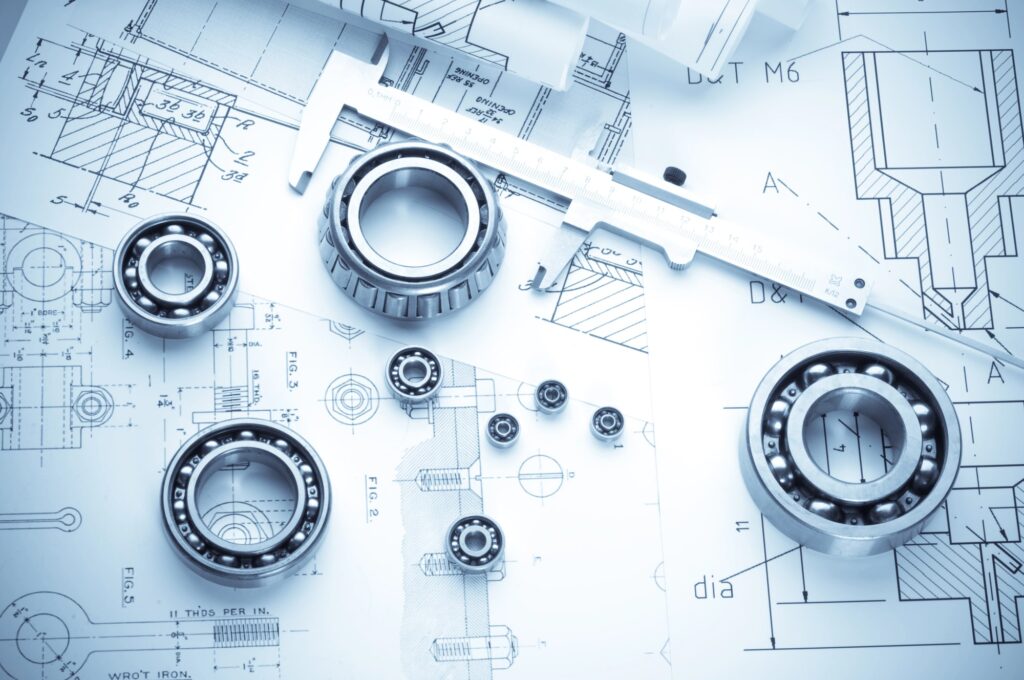This post examines a recent viral clip that claimed Saudi Arabia would build a soccer stadium atop a single skyscraper for the 2034 FIFA World Cup. It clarifies what is fact and fiction, and explains the real plan for the NEOM Stadium as part of The Line.
Drawing on three decades of architecture and engineering experience, I break down the design intent and programmatic scope. I also explain the schedule and the practical challenges of embedding a 46,000-seat arena 350 meters above ground inside a multi-tiered megastructure.
Viral fiction versus verified plans
The viral video showed a dramatic, $1 billion arena perched on top of a standalone tower. This visually striking image captured public imagination and went viral because the idea of an elevated stadium is so provocative.
In reality, the NEOM Stadium is real, but not as a single freestanding skyscraper-top arena. It will be integrated into The Line, a linear, multi-tiered city concept stretching roughly 100 miles across Tabuk province.
Book Your Dream Vacation Today
Flights | Hotels | Vacation Rentals | Rental Cars | Experiences
What the official program says
The stadium will have a capacity of about 46,000 seats and sit approximately 350 meters above ground. It will be located within the mass of The Line’s megastructure rather than on a lone spire.
Development partners include NEOM, the Saudi Ministry of Sport, and the Public Investment Fund. Construction is slated to begin in 2027 and finish by 2032, two years ahead of the World Cup.
FIFA’s 2034 bid book describes the NEOM Stadium as “the most unique stadium in the world.” It will anchor a mixed-use sports district that blends entertainment, hospitality, and transport infrastructure.
Design, engineering and sustainability implications
Embedding a stadium within a megastructure at significant elevation changes conventional approaches to structural engineering and crowd movement. It also affects environmental control and MEP coordination.
From an engineering perspective, the stadium’s loads will be distributed into a frame designed for layered programmatic uses. This requires careful integration of lateral-force resistance, vibration control, and life-safety strategies.
Key technical and operational considerations
Below are some of the most important challenges and practical responses that will affect detailed design and delivery:
The stadium will be part of a fully electric transport system and a larger sports district. This district will include a fan park, hotels, apartments, and a dedicated airport, showing how event infrastructure can be integrated with long-term urban planning.
Here is the source article for this story: No, Saudi Arabia is not building a World Cup stadium on top of a skyscraper
Book Your Dream Vacation Today
Flights | Hotels | Vacation Rentals | Rental Cars | Experiences

